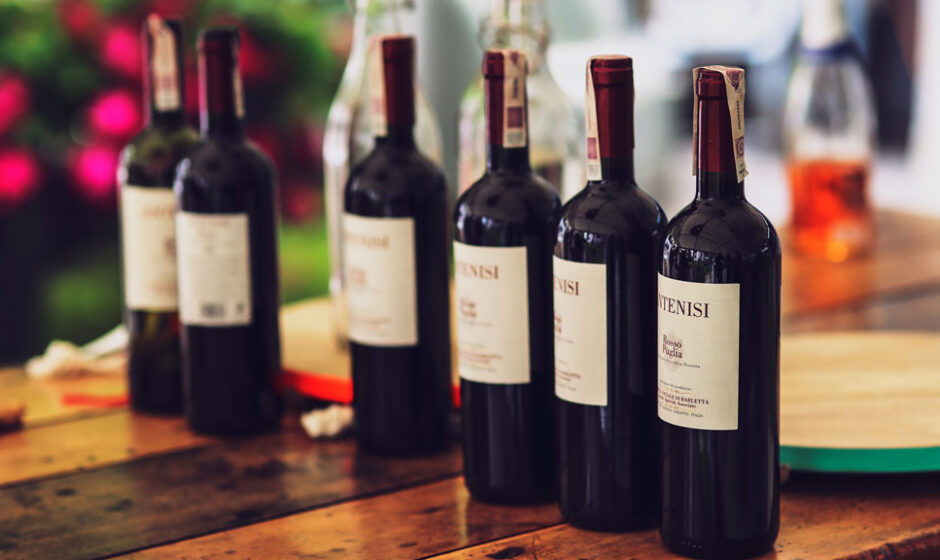The wine industry has witnessed a significant shift towards non-alcoholic options. Health-conscious consumers seek alternatives that allow them to enjoy the experience of wine without the intoxicating effects of alcohol.
The art of creating non-alcoholic wines has emerged as both a challenge and an opportunity for winemakers. This article explores the intricacies of crafting alcoholic wines, the techniques involved, and the growing market demand for these beverages.
Understanding Non-Alcoholic Wine
Non-alcoholic wine is often defined as a wine that contains less than 0.5% alcohol by volume (ABV). This is achieved through various methods, including dealcoholization, which removes or reduces alcohol from traditional wine, or through the creation of wines that are fermented without alcohol in the first place. The goal is to retain the complex flavors and aromas that wine lovers cherish while eliminating the effects of alcohol.
The Production Process
Creating non-alcoholic wine involves several key steps:
1. Selection of Grapes
The process begins with the selection of high-quality grapes. Winemakers often choose varietals known for their robust flavor profiles, as these will hold up better during the dealcoholization process. Popular choices include Cabernet Sauvignon, Merlot, and Chardonnay. The quality of the grapes is crucial since the final product must still deliver a satisfying taste.
2. Fermentation
The initial fermentation process is similar to that of traditional wine. Yeast is added to the crushed grapes, which converts the sugars into alcohol and produces carbon dioxide. However, in winemaking, this step is closely monitored to ensure that the alcohol content remains low, or the process may be interrupted before significant alcohol is formed.
3. Dealcoholization
Once the desired flavor profile is achieved, the next step is to remove the alcohol. There are several techniques for dealcoholization:
- Vacuum Distillation: This method involves heating the wine in a vacuum, which lowers the boiling point of alcohol, allowing it to evaporate without damaging the wine’s flavors.
- Reverse Osmosis: This technique uses a membrane to separate alcohol and water from the wine. The alcohol is removed, and the remaining components are blended back together to maintain flavor and aroma.
- Spinning Cone Column: This method utilizes centrifugal force to separate the alcohol and volatile compounds from the wine. It allows for greater control over the flavors retained in the final product.
Each of these methods has its advantages and disadvantages, but the ultimate goal is to create a non-alcoholic wine that retains the characteristics of traditional wines.
4. Blending and Flavor Enhancement
After dealcoholization, winemakers may choose to blend different batches of wine to achieve a desired flavor profile. Additionally, flavor enhancement techniques, such as adding concentrated grape juice or natural flavorings, can help restore any lost complexity from the dealcoholization process.
5. Bottling and Aging
Finally, the non-alcoholic wine is bottled. While some wines are designed to be consumed young, others may benefit from aging, allowing the flavors to develop further. However, aging techniques may differ from traditional wines due to the absence of alcohol, which typically acts as a preservative.
Flavor Profiles and Varietals
Non-alcoholic shop come in a variety of styles, including reds, whites, rosés, and sparkling options. Winemakers are experimenting with different grape varietals and blending techniques to create diverse flavor profiles.
For example, non-alcoholic reds might exhibit berry notes, hints of spice, and a robust mouthfeel, while whites could feature citrus, floral, and stone fruit characteristics. Sparkling wines often capture the effervescence and complexity of traditional sparkling wines, making them perfect for celebrations.
The Market Demand
The demand for non-alcoholic wines has surged as more consumers adopt healthier lifestyles and seek out mindful drinking options. According to market research, the wine segment is projected to grow significantly in the coming years. Factors driving this trend include:
- Health Consciousness: More individuals are prioritizing their health, leading them to reduce alcohol consumption.
- Social Inclusion: wines provide an opportunity for individuals who abstain from alcohol to participate in social gatherings without feeling left out.
- Increased Variety: The growing variety and quality of wines are attracting new consumers, including those who may not have previously considered wine as an option.
Challenges and Innovations
Despite the growing interest in wines, challenges remain in producing a product that can compete with traditional wines in terms of flavor and complexity. The dealcoholization process can strip away some of the delicate flavors, making it essential for winemakers to innovate continuously.
Technological advancements and an emphasis on sensory analysis are helping producers refine their techniques. Sensory panels, consisting of trained tasters, are often used to assess the aroma, flavor, and mouthfeel of wines, allowing winemakers to adjust their methods accordingly.
Conclusion
The art of creating non-alcoholic wines is an exciting and evolving field that combines traditional winemaking techniques with innovative practices. As consumer preferences shift towards healthier, inclusive options, wines are poised to become a staple in the beverage landscape.
By focusing on quality, flavor, and the overall wine experience, winemakers are proving that the enjoyment of wine doesn’t have to be synonymous with alcohol. With a diverse array of options available, wines are set to capture the hearts and palates of wine lovers everywhere.



